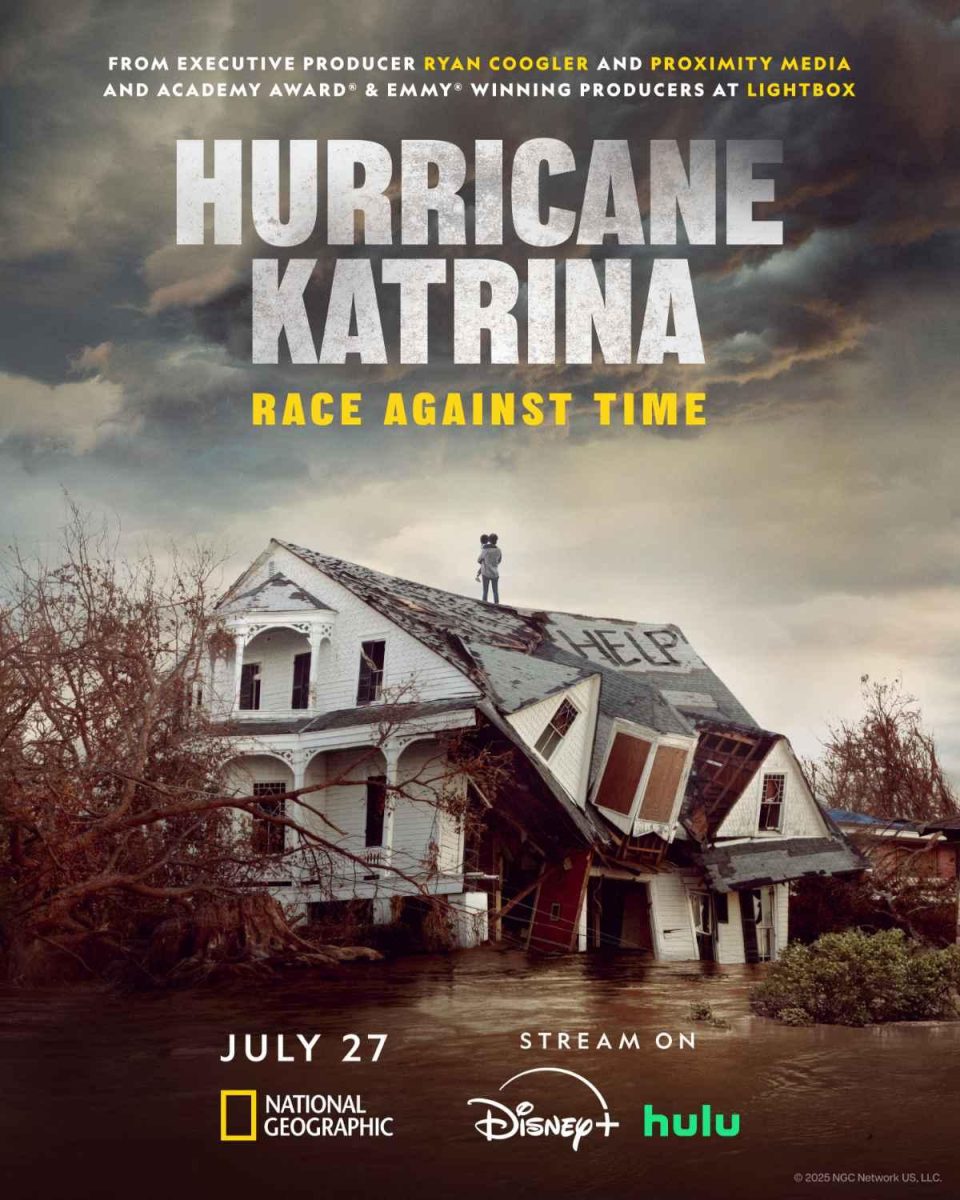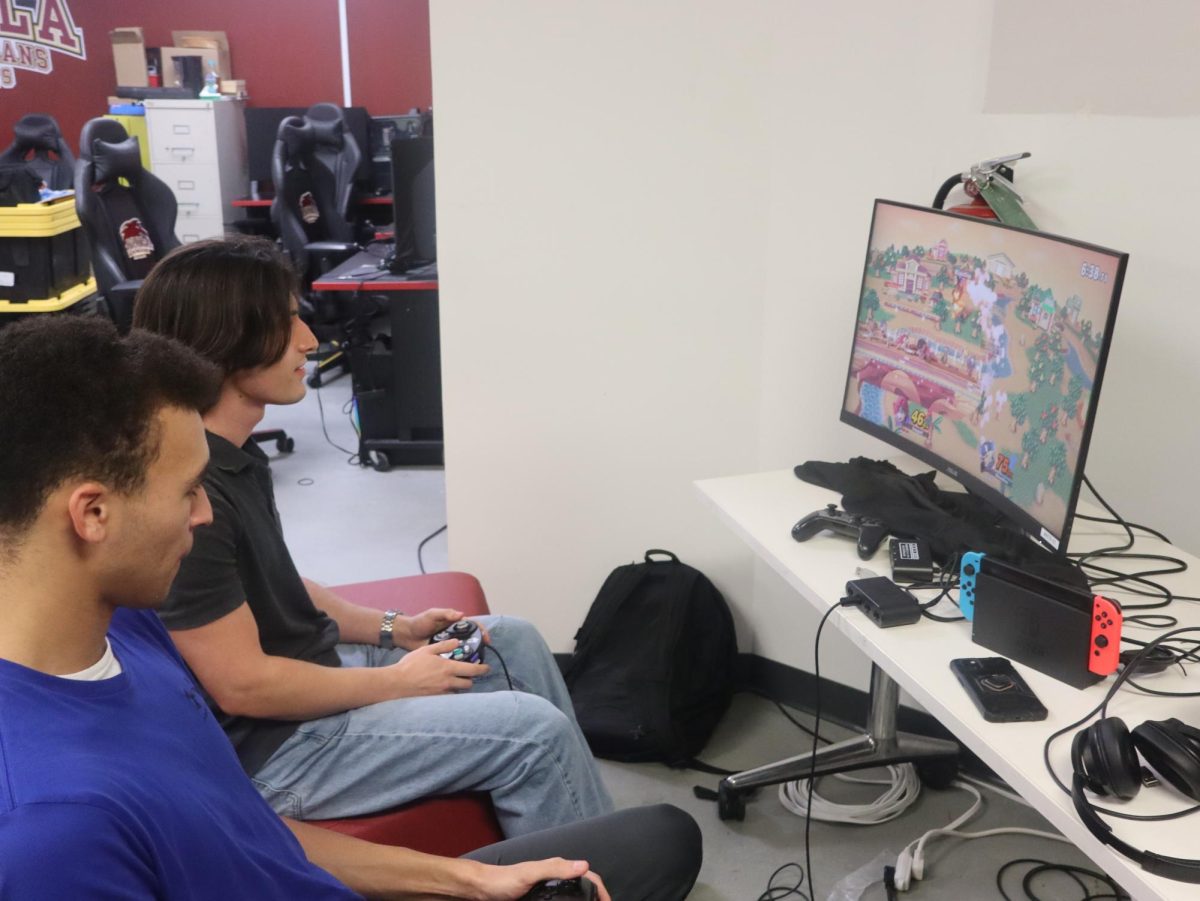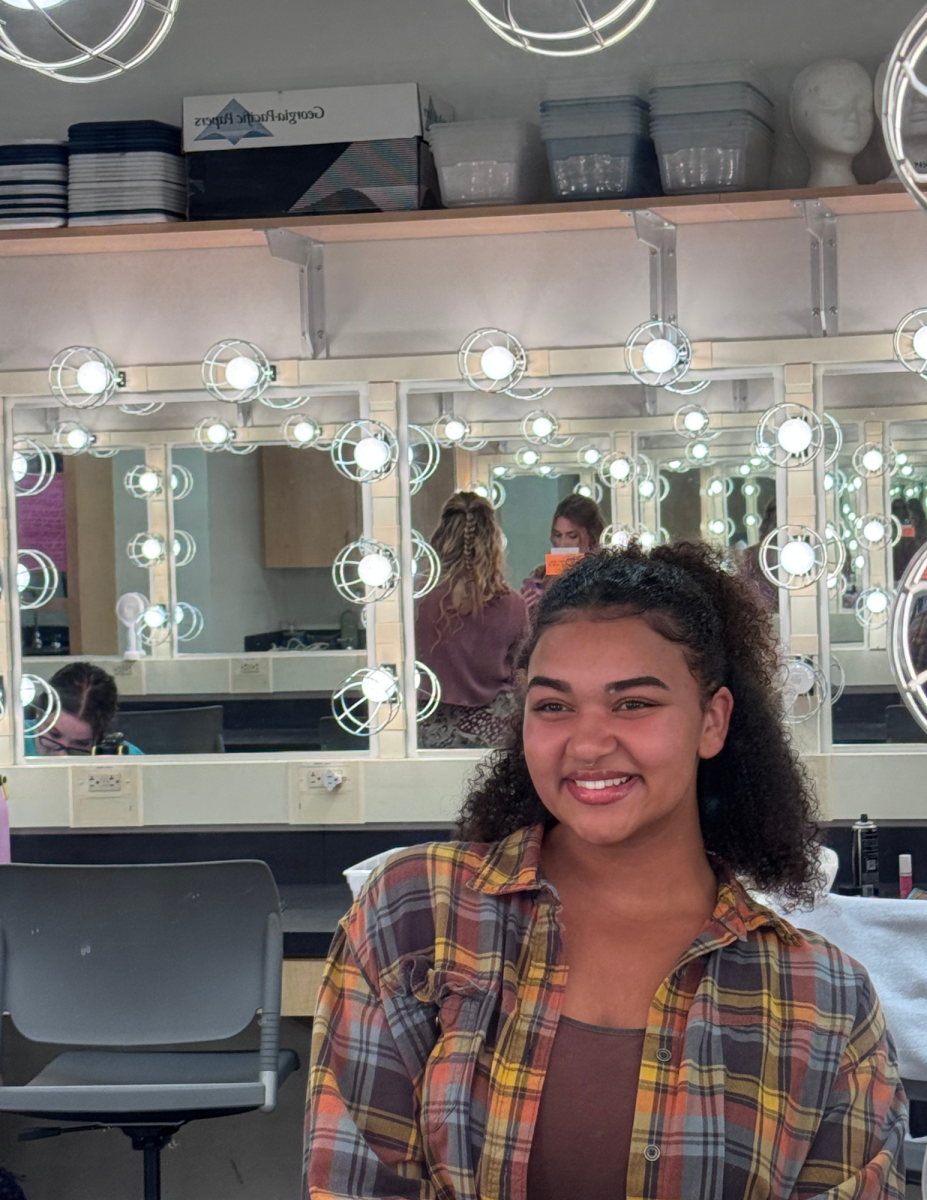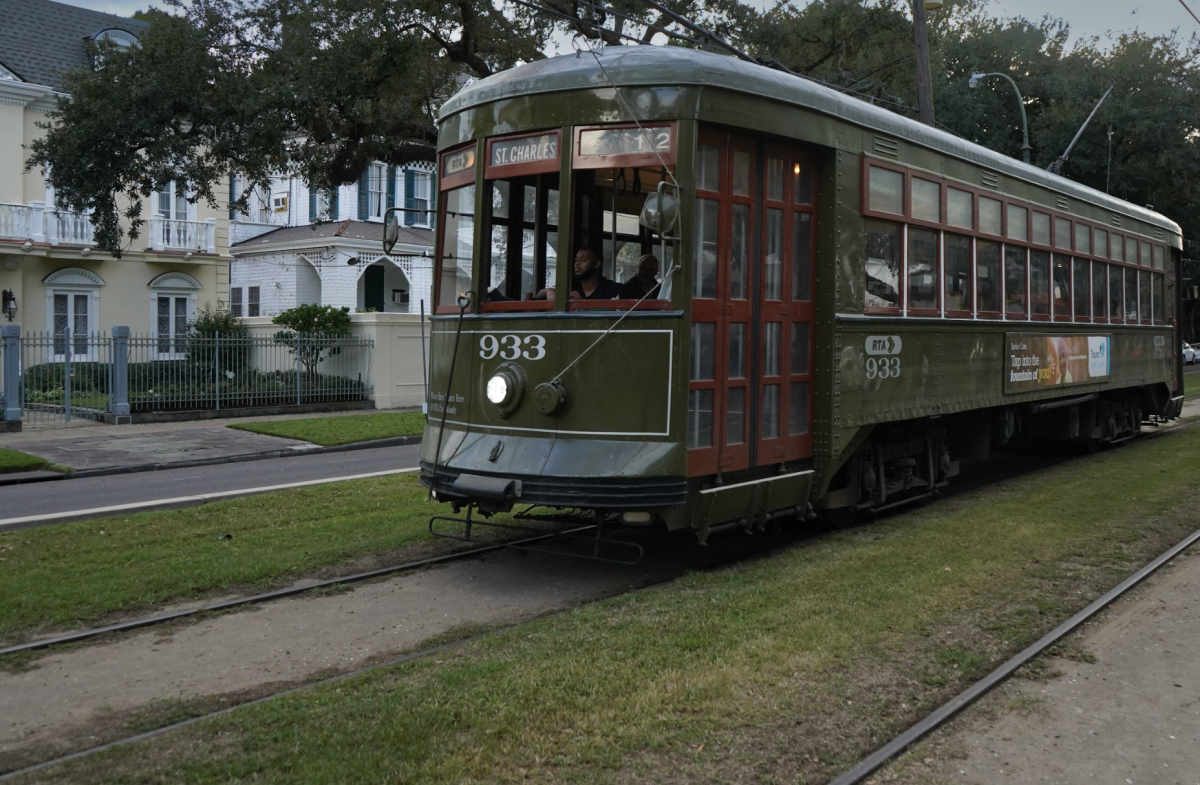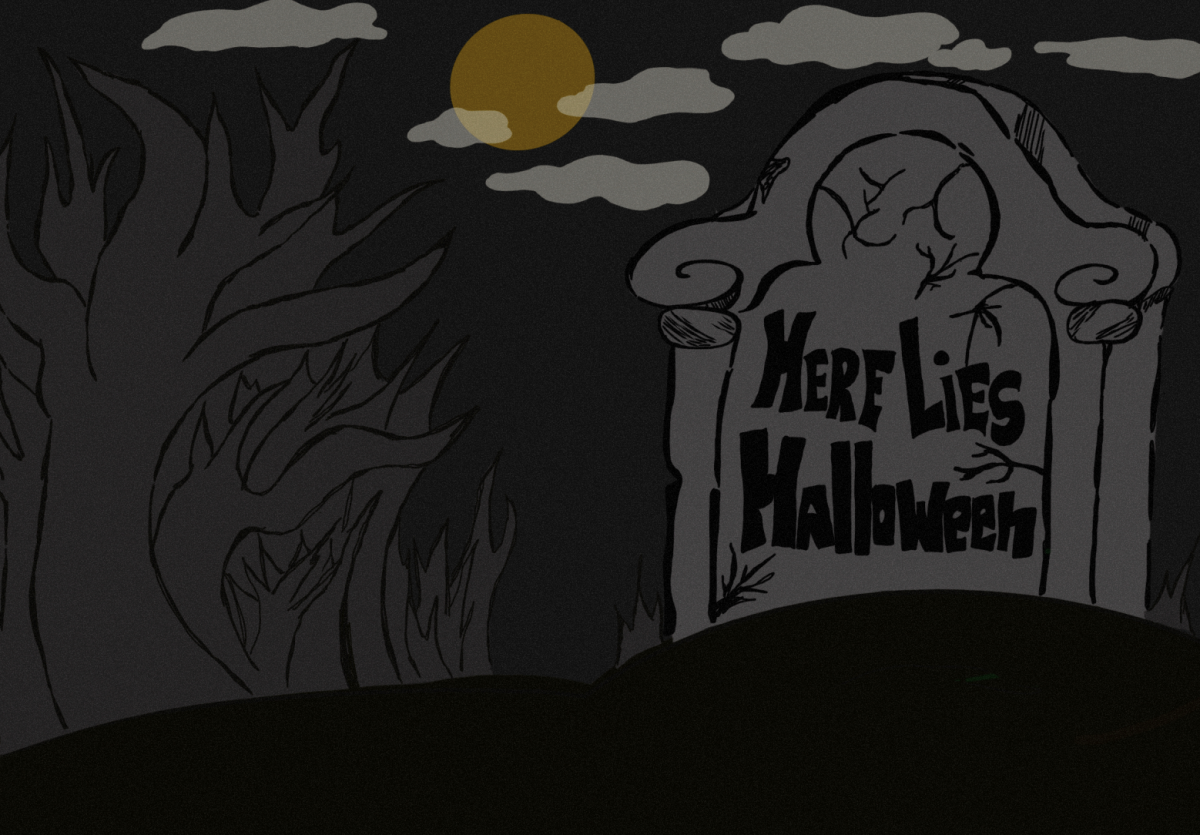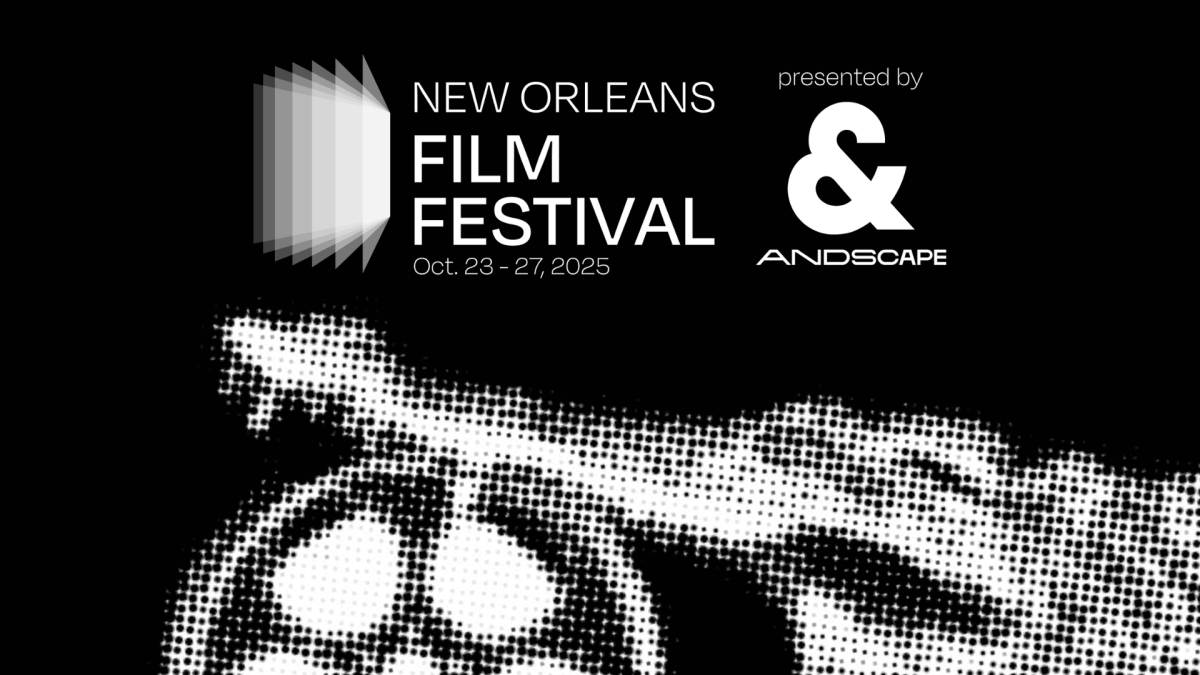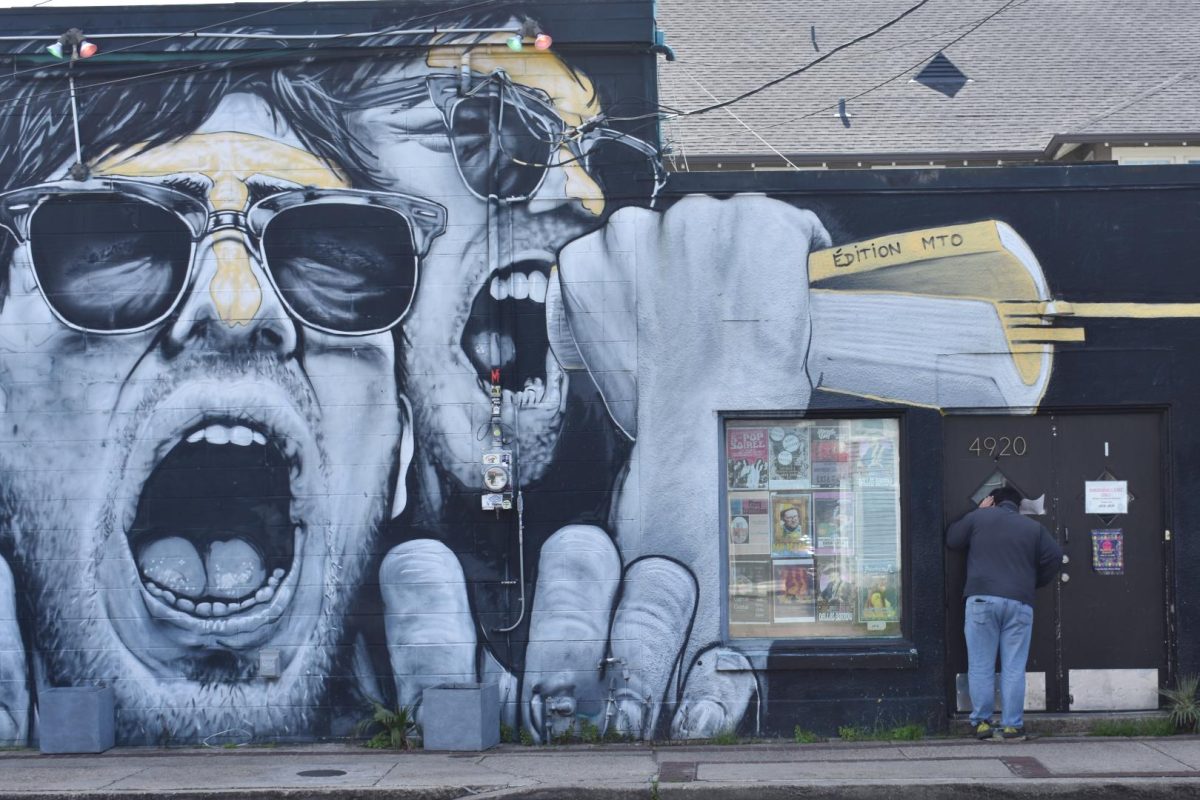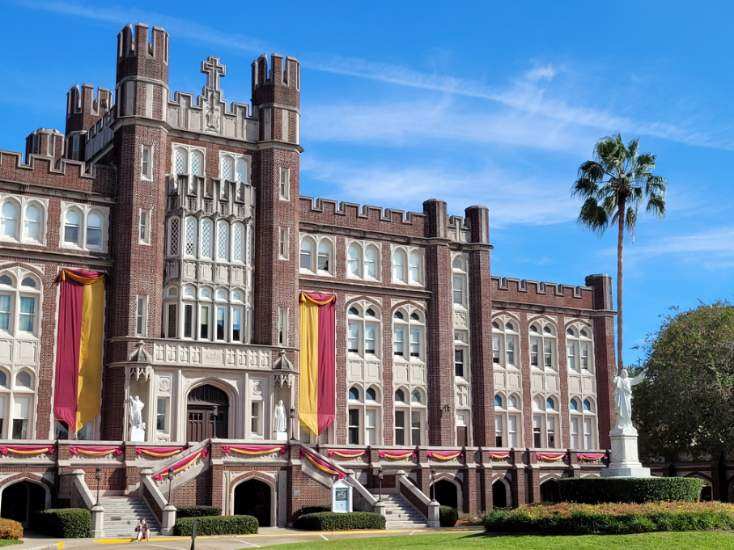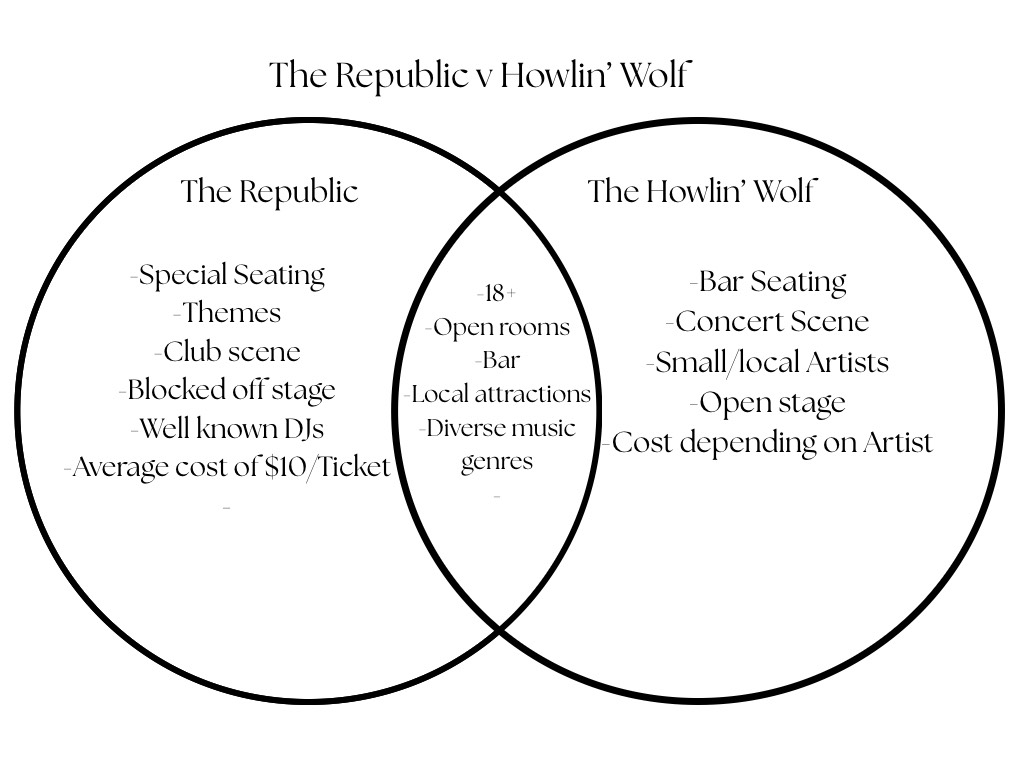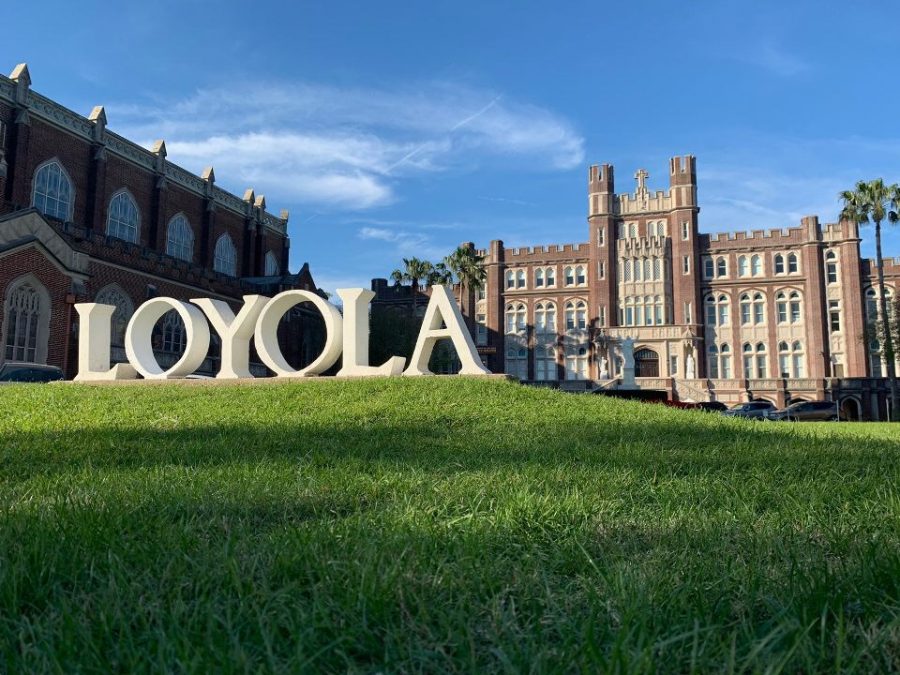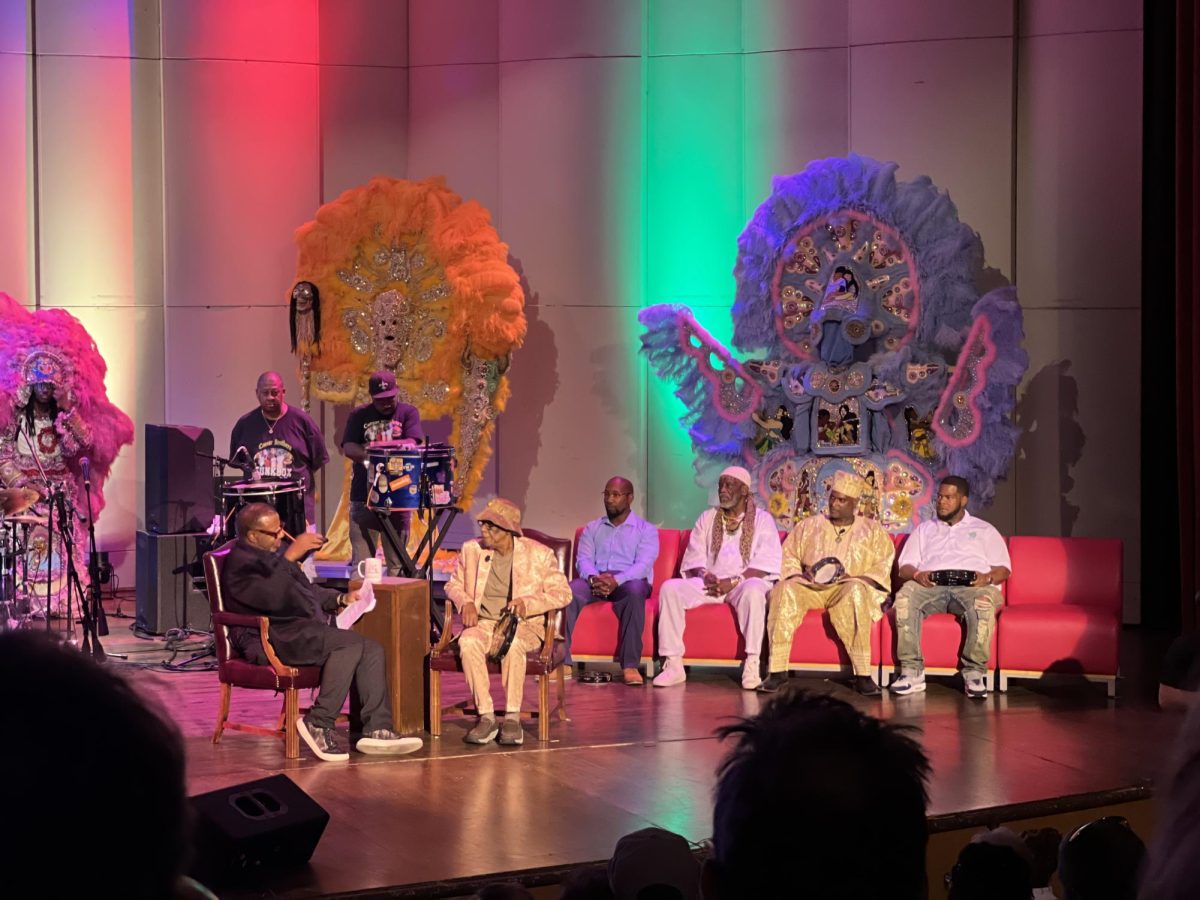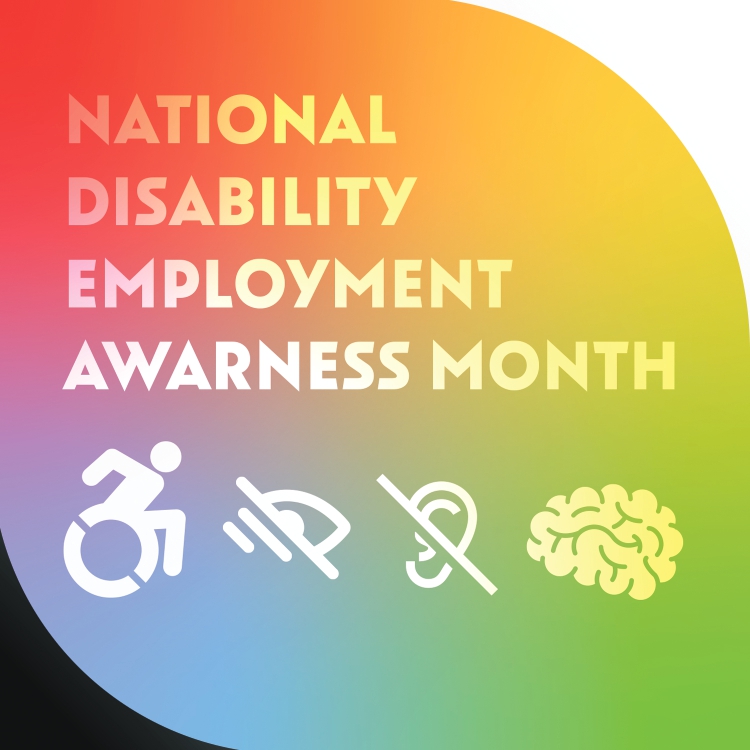Twenty years ago, the United States failed New Orleans. Today, the people are still paying the price.
On August 29, 2005, Hurricane Katrina swept through the Gulf Coast, plowing through the city. If you attend Loyola, you may be familiar with National Geographic’s recent documentary on Hulu, Hurricane Katrina: Race Against Time. In 45-minute episodes, the series not only recounts the storm but also lays bare the political failures and social injustices that worsened its impact.
The first two episodes address Katrina itself and the levee breaches that caused the majority of the destruction. The back half is what truly clarifies the absolute failure of federal and state governments. Influenced by systemic racism and inflated misinformation through the media, it quickly becomes apparent that bureaucratic inefficiency
was a core contributor for the deaths of over 1,000 people & the displacement of over a million. The hard truth of what happened almost twenty years ago becomes immediately apparent. The Federal Emergency Management Agency, the New Orleans government, and Louisiana Governor Kathleen Blanco are the ones to blame. And as per usual in this country, media exaggeration was the smoking gun.
The third episode opens in chaos: there is a population of 30,000 in the Superdome in unbearable conditions. Toilets overflowed, resources vanished, and voices echoed—“We’re livin’ like pigs in here!”
Katrina had come and gone, leaving the levees wide open. The water is up to roof level almost everywhere. As for the people of New Orleans? They are in survival mode.
Their property and neighborhoods are everything to them, and most attempt to hold down what has been left of their residences. Scenes flash of police and military herding citizens–mostly people of color– away from their properties with guns. The imbalance of power between officials and residents could not have been clearer.
FEMA had been contacted already to no avail. When they did show up, they only caused more problems by arguing with New Orleans Mayor Ray Nagin and Sally Forman, the Director of Communications, about evacuation plans. Local officials, like General Lieutenant Russel Honoré, sent constant emails requesting buses to get people out.
The request for the buses simply “didn’t go through.” At the time of Honoré’s email, Michael D. Brown–the deputy director of FEMA–was standing in line for a table at a fancy restaurant in Baton Rouge.
When the National Guard rolled into the city, railing down Canal Street, the Treme neighborhood was looking to cross over into the West Bank with her family to seek shelter. As she walked through the Central Business District near the Superdome, she explained that “it became very apparent that [the National Guard] did not care about [them].”
Truthfully, the National Guard were not at all concerned. Out of desperation and survival, civilians began to gather food & water from the most obvious places: the businesses nearby. Boutte put the gravity of the situation into words, stating that “people were trying to survive as things got worse.” This is where the media firestorm begins.
News outlets were holding court in the French Quarter dishing out harmful rhetoric at a rapid rate. Brown referred to the citizens who were “looting” as “thugs” on national television. Rather than being prioritized and saved, the people of New Orleans were treated like they were animals.
Racist messaging on the news and false information worsened the situation. In one splice of footage, a cop nearly strangles a man trying to get supplies from a shop near the Superdome.
The media was boasting an “everybody for themselves” narrative. In reality, New Orleanians were fighting tooth and nail to help each other, doing whatever was necessary to protect their most vulnerable. Before America’s eyes, the story of Katrina was evolving from a humanitarian crisis into a crime one.
The fourth episode is when the bureaucratic inefficiency would skyrocket. The elderly are dying. Babies don’t have any formula. The police are sick with power, their main focus being the alleged “crime.”
Overheard in the chaos of the streets: “Where is FEMA? Where is the Mayor?” Governor Kathleen Blanco called Katrina survivors “hoodlums,” ordering the military to shoot civilians in an official press conference.
This “shoot to kill” order singlehandedly opened the floodgates on the us vs. them narrative. One following scene shows a man approaching a cop car to ask for information. When he turned around, the police officer brutally murdered him by hitting him on the back with a shotgun.
Blanco’s racist remarks & the lies in the media led to fear on both sides. This had a rippling effect. Lynette Boutte, who had at last reached the Crescent City Connection bridge, was turned away by law enforcement.
Hundreds of New Orleans citizens who tried to seek shelter in the West and East Banks were turned away by other first responders because of Blanco’s fear mongering. In one clip, two firefighters laugh, saying they had “no qualms about shooting anybody.” Despite paying taxes in Orleans Parish, residents were blocked from crossing into Jefferson and Gretna—confronted instead by police with rifles and attack dogs.
Algiers Point in the West Bank, a perceived safe space, was in fact the opposite of one. White supremacist groups were embracing the ongoing chaos, opting to brutally attack and kidnap black victims seeking assistance.
Confederate flags flew with sinister pride. Makeshift cardboard signs boasting “We shoot looters!” could be seen everywhere you looked. A racist government had weaponized their words and in turn influenced racist people to commit horrendous acts.
Edward King, a black man from Algiers who was personally attacked by “vigilantes” put it best when he said: “Katrina was just a hurricane. What they did during that time was evil. Pure evil.”
In episode five, military personnel round up a group of civilians with guns, forcing them to board a plane without telling them where they were going. No information at all was provided. Citizens of the United States of America were deemed “refugees” in their own country.
This was the forced migration and displacement of over a million people. The local government plowed through black neighborhoods with bulldozers, planning to replace areas of the Lower 9th and 8th Wards with “green spaces.” New Orleans’ majority black population was being actively disenfranchised.
One thing about the people of New Orleans: they will fight back. Locals banded together, protesting against the government’s new policies, trying to preserve the culture of their beloved city. The Road Home program was an initiative instilled with the intention of restoring homes destroyed during the flooding.
In actuality, what it did was attempt to urge black property owners to sell their houses and move away from the place they had always known. The upper class white residents in Lakeview received ample amounts of money from the government to rebuild. The black population were given pennies in comparison.
When you take a step back and examine the total failure of the government during Katrina and compare it to future instances of disaster, the patterns of inefficiency become apparent. This is not just isolated to Katrina.
When Hurricane Harvey made landfall, the then FEMA director was reported absent for 48 hours and took up to ten days to address the public. A delayed search and rescue response led to thousands of unnecessary casualties due to a lack of urgency from bureaucratic agencies. FEMA’s call center had expired, leading to calls from survivors going unanswered. The parallels are there. Eleven years had passed; eleven years for FEMA to learn from their mistakes.
As we approach the twenty year mark since Hurricane Katrina, and as the water around New Orleans only continues to rise due to global warming, steps to ensure the prevention of another disastrous event must be put into effect The levees built after Katrina didn’t account for climate change or rising seas, and federal cuts have stalled annual inspections.
Local nonprofits now monitor them, but true prevention requires federal investment- funding NOAA, properly resourcing FEMA, and raising and inspecting the levees regularly. The main focus must be prioritizing a strong sense of urgency all around, especially right now, considering the ongoing climate crisis. Humanitarian efforts should always be the centerpiece of any natural disaster. Governments need to work in tandem with their citizens, not actively against them.
“Hurricane Katrina: A Race Against Time” shone a spotlight on the horrific crimes of the state and federal government.
It is our responsibility as a student body to stay informed on the real story of what happened, to treat this city with nothing less than absolute respect, and to continue the culture of care that New Orleanians fostered towards one another in a time of crisis.
What this series did best was provide a platform for individuals to share their personal stories. Through all of the rubble of twenty years past, what came unburied was the lifeblood of New Orleans: its survivors.


